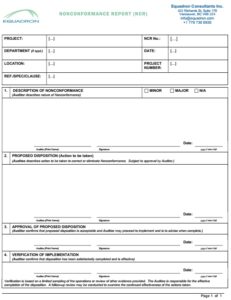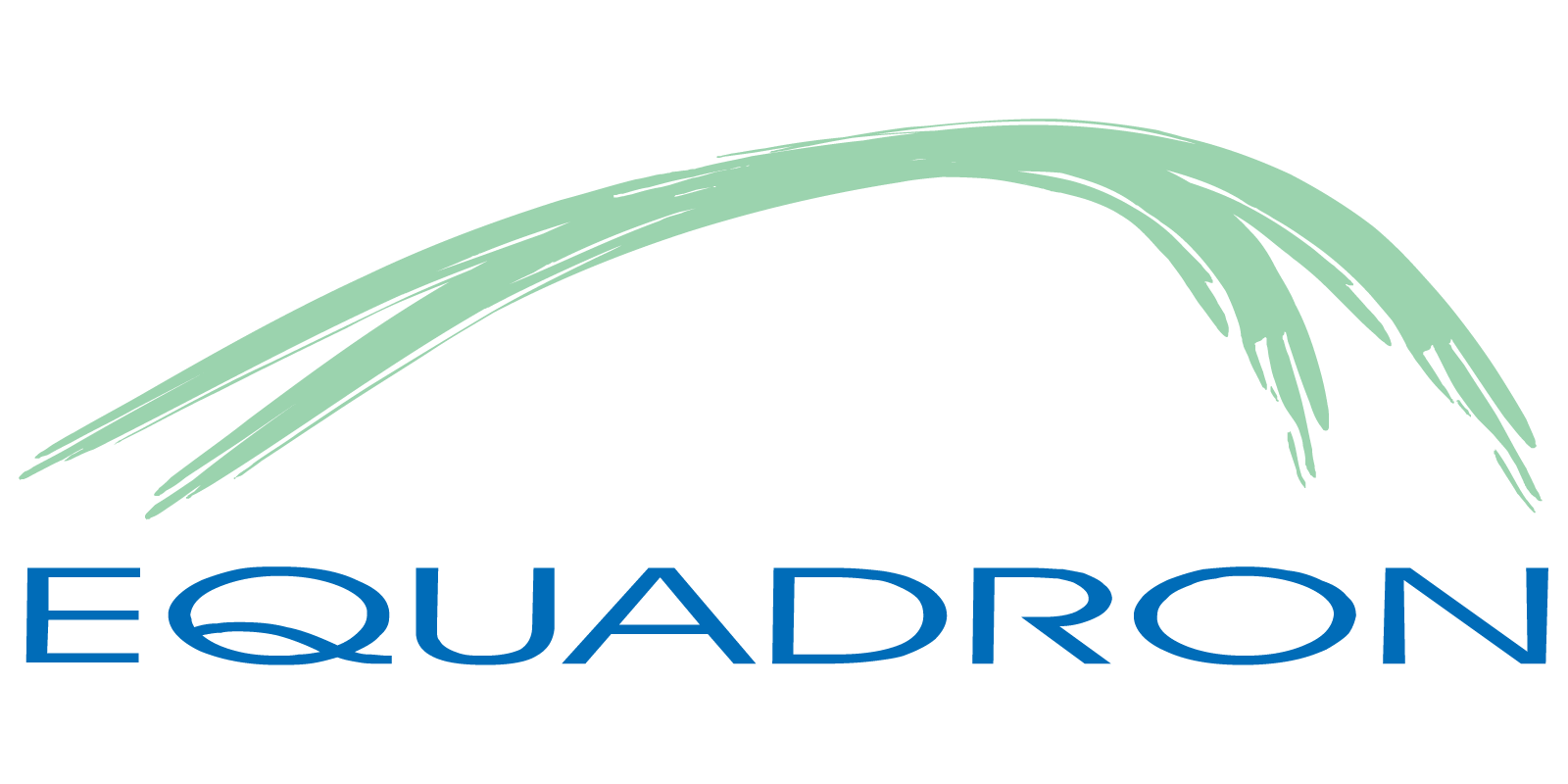A non-conformance report or NCR is a document that identifies and reports any discrepancies between the actual condition of a product, service, or process and the requirements defined by the quality standards included in the agreement between two parties.
Deficiencies or discrepancies can occur at any stage of a contract and apply to all aspects of the products delivered or services performed. Such nonconformities may be identified by a client, a regulatory body, or the supplier personnel and may involve a range of issues, such as:
- The nonconforming outcome of product inspection and testing results;
- Service departure from applicable policies, procedures, and regulatory requirements;
- Unsatisfactory quality of subcontracted services;
- Inadequate or noncompliant documentation, including related test records, certifications, test reports, etc.; or
- Formal client complaints or negative feedback.
The NCR report should detail all the relevant information required to properly manage and address the deficiencies such as:
- Client and supplier names;
- Observed deficiency description, quantity, location, and date;
- QC records with pictures and/or sketches clearly defining the deficiency;
- Description of the activities performed to ensure that all potential products or services with similar deficiencies have been accounted for; and
- Clear explanation of why it happened, what personnel or equipment was engaged, and the total extent of the deficiency.
This process is typically what it takes to open an NCR. The more detailed the NCR is the higher the likelihood that its cause will be clearly understood by all parties. A clear understanding of what triggered the deficiency (i.e., the root cause) is key to preventing its potential recurrence.
Once the NCR root cause has been identified, a corrective action plan is needed to close the NCR. There are three options to propose in a corrective action plan:
- Use as is: this option applies to very minor deficiencies;
- Repair: when the product or service does not meet the quality requirements, but it can be repaired or redone; or
- Replace: when the product does not meet the quality requirements and repairing it is unfeasible or less cost-effective than replacing it.
It is a good practice to share with the clients the NCR and proposed corrective actions to seek their approval before closing the NCR. This proactive approach ensures that the client is engaged and on board with the corrective action.
Do you agree with Equadron’s approach to NCRs? Feel free to share your opinion!

